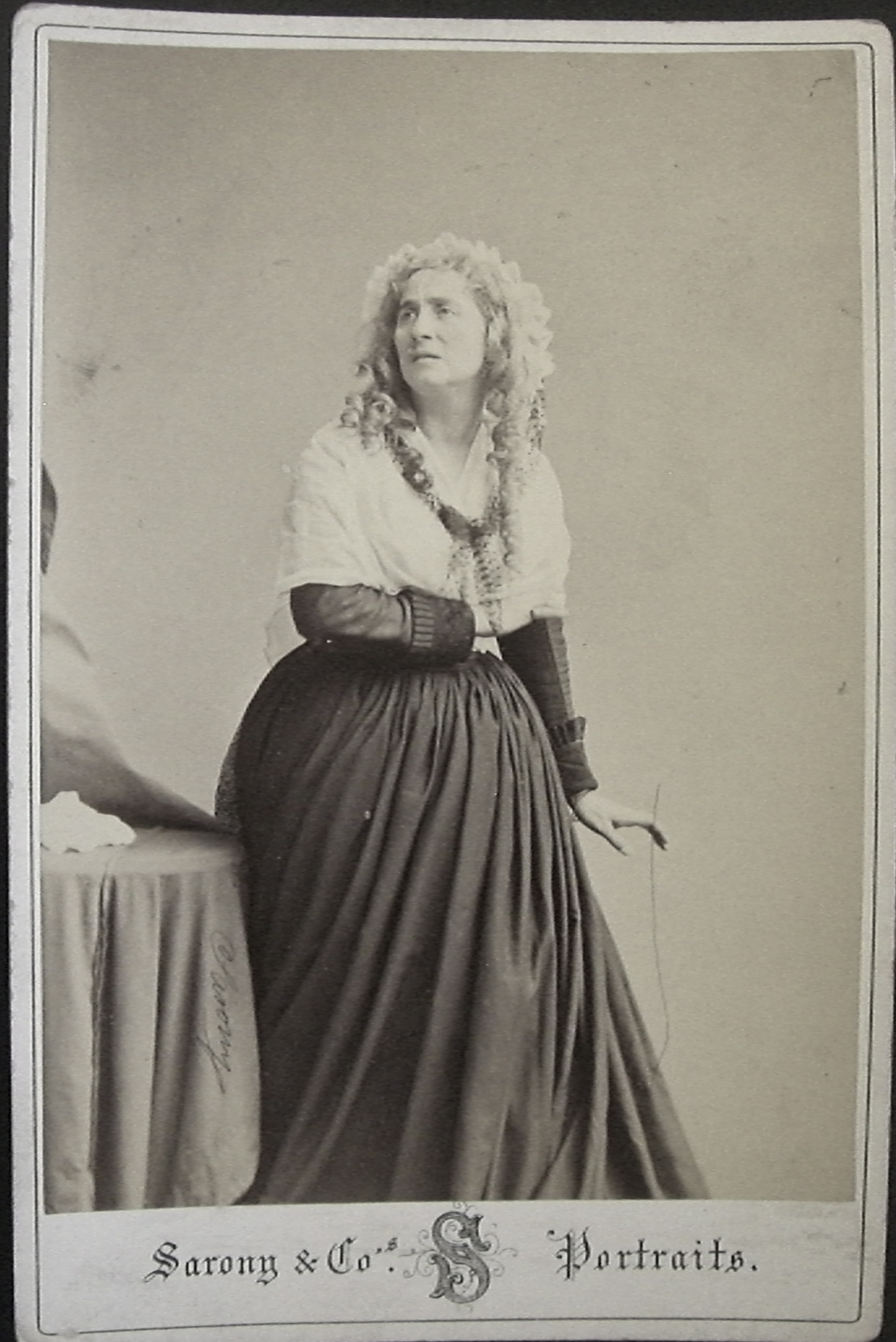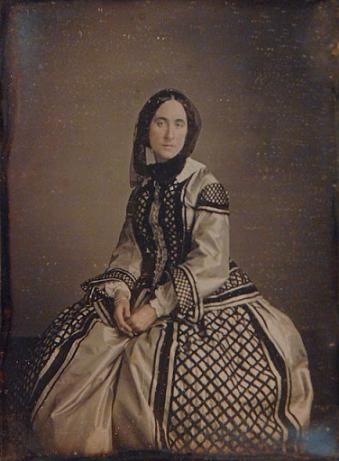
Figure 1 – Adelaide Ristori as Marie Antoinette photographed by Napoleon Sarony. In the public domain by virtue of its age.
Yesterday I spoke about Richard Grant White’s 1870 article in Galaxy: “A Morning at Sarony’s. He was much taken by a particular portrait that he saw at the gallery.
“Sarony’s portrait of Ristori as Marie Antoinette is a work of which Delaroche need not have been ashamed. True, it is the product of three factors. The skilful use of the chemical qualities of light, and the marvellous power of the actress herself in summoning into her face and attitude an expression of the emotions of the scene, are two; the third is the ability, the artistic ability, of the operator. He has succeeded in selecting, and then in fixing by a process almost instantaneous, the position and expression that will transmit Ristori’s grandest moment to posterity. The product is noble as a mere work of art. The portraiture aside, it is valuable for itself. There is mental anguish in every line of that face; there is tragedy in the very sweep of that drapery.”
On reading this I became intrigued by the question of which of the many pictures that Napoleon Sarony took of Mme. Ristori White was talking about. It is one of those antiquarian questions which I love to try to solve and which have become infinitely more addressable in this age of the internet and the worldwide web.
But first things first – who was Adelaide Ristori (1822-1906)? She was one of the great actresses of her day and famous at a tragedienne. Indeed, we are told that Paolo Giacometti wrote the play Marie Antoinette for her. The theater critic for the New York Times was less than thrilled by the play:
“Mme. Ristori appeared at the Star Theatre last evening as Marie Antoinette in Paolo Giacometti’s wordy and tedious play, the only merit of which is that it presents–or enables Mme. Ristori to present–a striking and clearly defined portrayal of the much misunderstood daughter of Maria Theresa.”
Hmm! Returning to the question of which of Sarony’s photographs White is speaking, he does not give us a lot to go on. I focused on the phrase “… there is tragedy in the very sweep of that drapery.” I went in search of a portrait with drapes in the background. But there are none. But it is a misnomer of sorts. If you look up with a GOOGLE search the definition of the word “drapery” on the web you will find the third definition:

